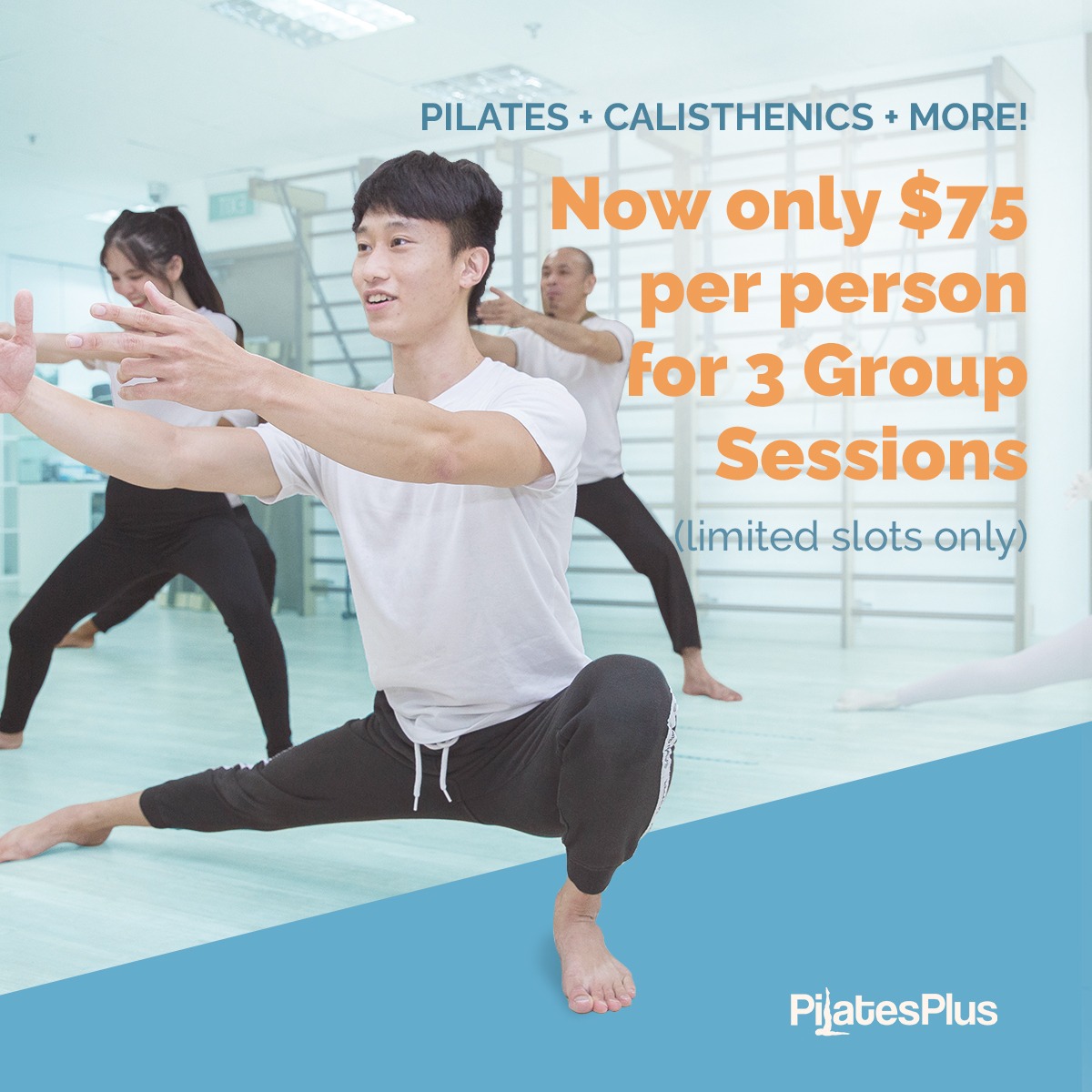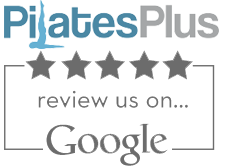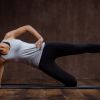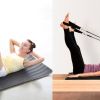In Singapore: What is a Movement Class?

It is not a dance class, it is not a coordination class; definitely, it is not a Pilates nor a Calisthenics class. Movement class is quite new, especially in Singapore, and not many are aware of it yet. But this practice is a big part of my own daily work and is what I would love to share with my students.
Movement class at Pilates Plus is a practice inspired by Ido Portal, which covers all things about movement. Improving your total body coordination, your balance in different ways, how you move on the floor, react with the environment and people around you, and playing tactical games are amongst the many topics that this class will cover.
We’ll try to look at these areas of movement training as they can be very simple yet very broad at the same time. If you want to know more about who Ido Portal is, you can visit his website here, or you can watch this video below to get a clearer picture of what this article is all about.
Ido calls these topics movement concepts as his practice is ever-evolving and it is hard to contain them into specific drills. But to make it easier for you to understand and to share with you where I am in this study, I will simplify it for you with common phrases.
If you want to try our Movement classes, you can get this Introductory package. You can also attend our Calisthenics and Pilates classes with it.
Coordination work but not dancing
In the movement class, you will do some coordination work that is familiar to some dance moves but without the need of timing it with the music. It can be similar to some dance steps, but it can also be similar to some drills in soccer, boxing, and other disciplines.
The goal of the work is to find some commonality of various disciplines and work on these movements so you can gain the benefit of this area of these methods without specifically doing them.
These drills can be mentally challenging, and you will feel very awkward at first. But with the right progression, you will realize that you are actually more capable than you think you are. Your coordination will improve, your sense of body awareness will be better, and you’ll feel like you’re beginning to move better.
Learn to balance in every way possible
We have learned this work from both Ido Portal and Marcello Palozzo. You will be challenging how you balance on your feet, your knees, your hands, head, etc… You can even challenge your balance while lying down.
The unique way with this work is the ever-increasing complexity that you will go through while working with one aspect of the movement. For example, you can learn how to balance in one leg, then you can turn your head side to side to challenge the next level, then how about doing head circles, moving your arms, catching balls, moving your entire body… the possibility will be almost endless as you keep progressing.
The goal is not to end on the drill where you started but to move on to another drill to start again. It is a never-ending exploration of how you can keep improving your balance.
Do you know that you can also work on your eyes?
Yes, in the movement class, we can train our capacity to see objects to make our eyes work harder or see better. Our eyes lose their capacity to see things around us as we know that we are always in a safe environment. We don’t even need to use our vision that much when crossing the street, and the only taxing thing that we work our eyes on is focusing on the screens of the computer or mobile phones.
We can work our eyes and train them in their full capacity to see more things than what is focused in front of us. A simple drill like catching balls without looking directly at the ball is a good way to stimulate this, and also, you will learn how to catch balls.
Working on the floor in many ways
As we evolved to be more human… or I can say less human, we literally lost touch with the floor. Even our feet seldom touch the floor as we are wearing shoes most of the time. In this part of the work, we will try to reconnect to the roots where we learned how to move as a child before we started walking on our feet.
This is the stage where we are mostly on the floor all the time, and the exercise routine that nature gives us consist of crawling on all fours, rolling on the floor, and doing all sorts of things that our body can do with this most advanced fitness equipment (the floor).
You will see this practice like crawling like an animal practice, but it’s way more than that. But that is a good start for you to understand it that way.
Games, just play…
Sometimes the best way to engage our body and mind is to play and try to win over the games. It is not only fun, but it can be a very good workout as well. This challenges us to think more, to be more present at the moment, and to physically exert more, with the intention of trying to do better in the game.
It is not a pure fun game, but it is played with certain rules to target specific areas that we want to work on in the session, and different layers of rules and movement are added as we move through the class.
Join us in our Movement classes; you can take this 3 sessions Introductory package to try it out. You can also use it to attend our Calisthenics and Pilates classes as well.
Tips and things you need to prepare for the class
- You will be using barefoot in the class
- Wear any comfortable exercise attire
- Come to the class with an open mind as this class will be very different from the classes that you have attended.
- Come to the class as a student and not as a customer.
One of my favorite quotes from Sister Corita Kent was shared by Ido when I was attending his movement camp a few years ago. It has been my favorite since. Let me share it with you here.
Sister Corita Kent’s Rules
RULE ONE: Find a place you trust, and then try trusting it for a while.
RULE TWO: General duties of a student: Pull everything out of your teacher; pull everything out of your fellow students.
RULE THREE: General duties of a teacher: Pull everything out of your students.
RULE FOUR: Consider everything an experiment.
RULE FIVE: Be self-disciplined: this means finding someone wise or smart and choosing to follow them. To be disciplined is to follow in a good way. To be self-disciplined is to follow in a better way.
RULE SIX: Nothing is a mistake. There’s no win and no fail, there’s only make.
RULE SEVEN: The only rule is work. If you work, it will lead to something. It’s the people who do all of the work all of the time who eventually catch on to things.
RULE EIGHT: Don’t try to create and analyze at the same time. They’re different processes.
RULE NINE: Be happy whenever you can manage it. Enjoy yourself. It’s lighter than you think.
RULE TEN: We’re breaking all the rules. Even our own rules. And how do we do that? By leaving plenty of room for X quantities.
HINTS: Always be around. Come or go to everything. Always go to classes. Read anything you can get your hands on. Look at movies carefully, often. Save everything. It might come in handy later.








